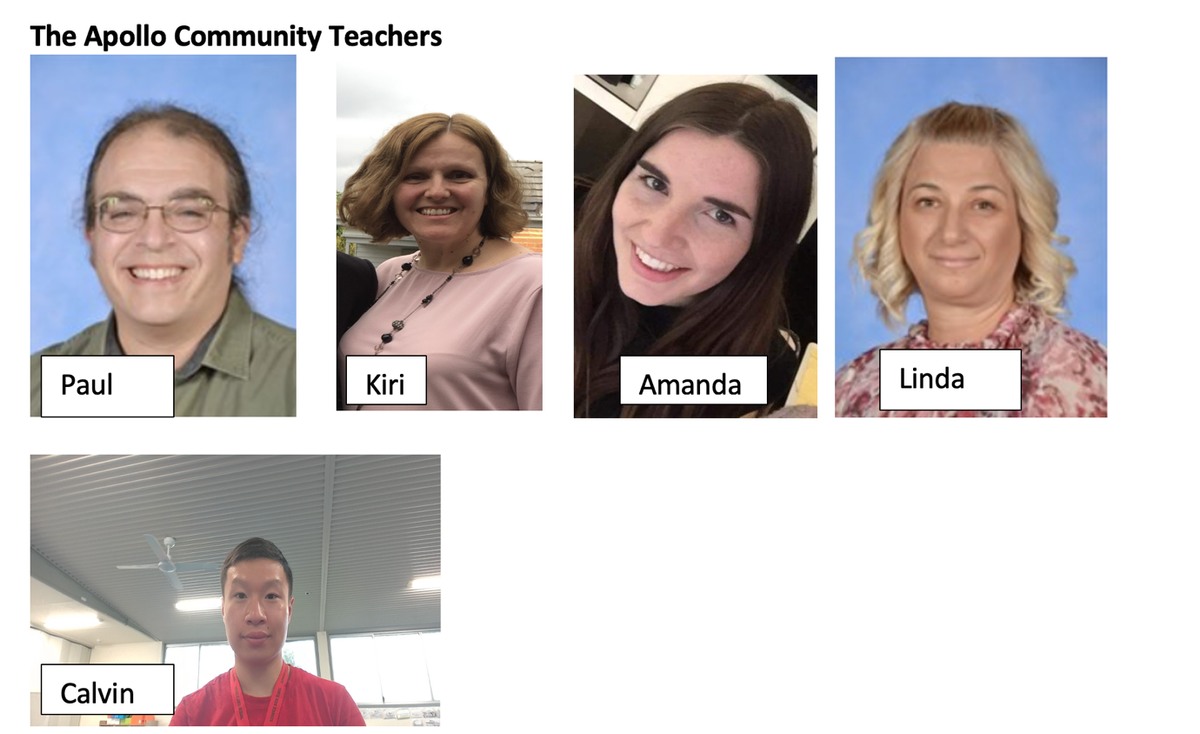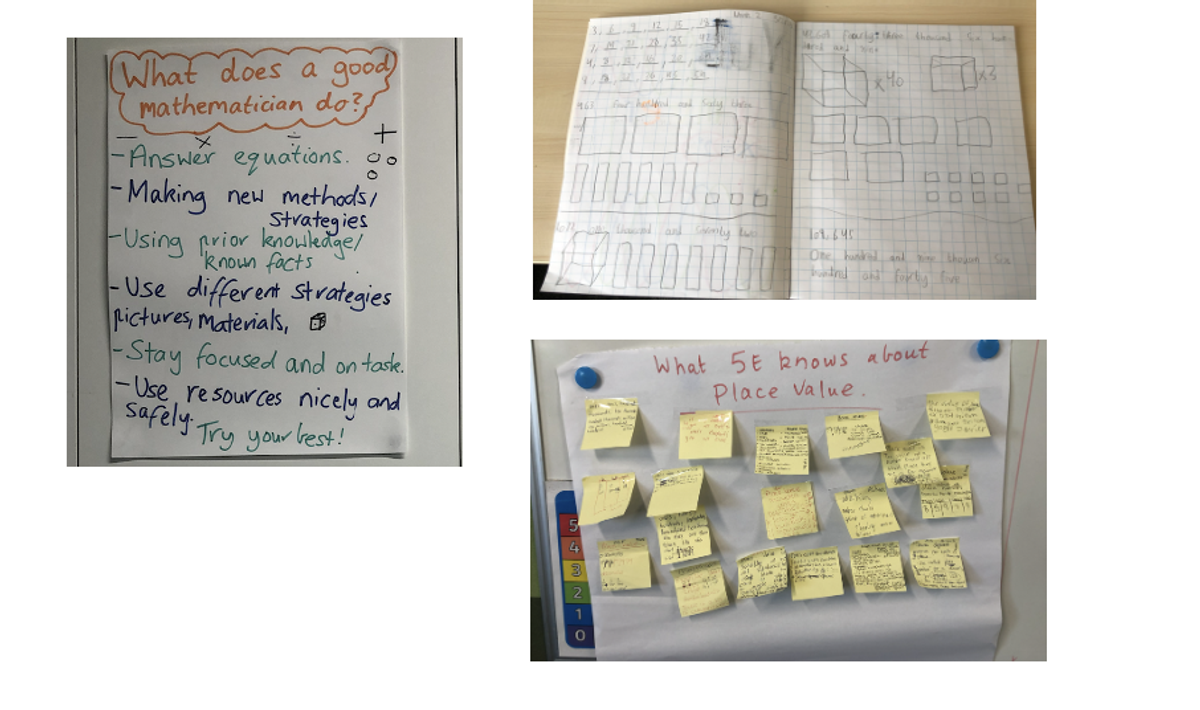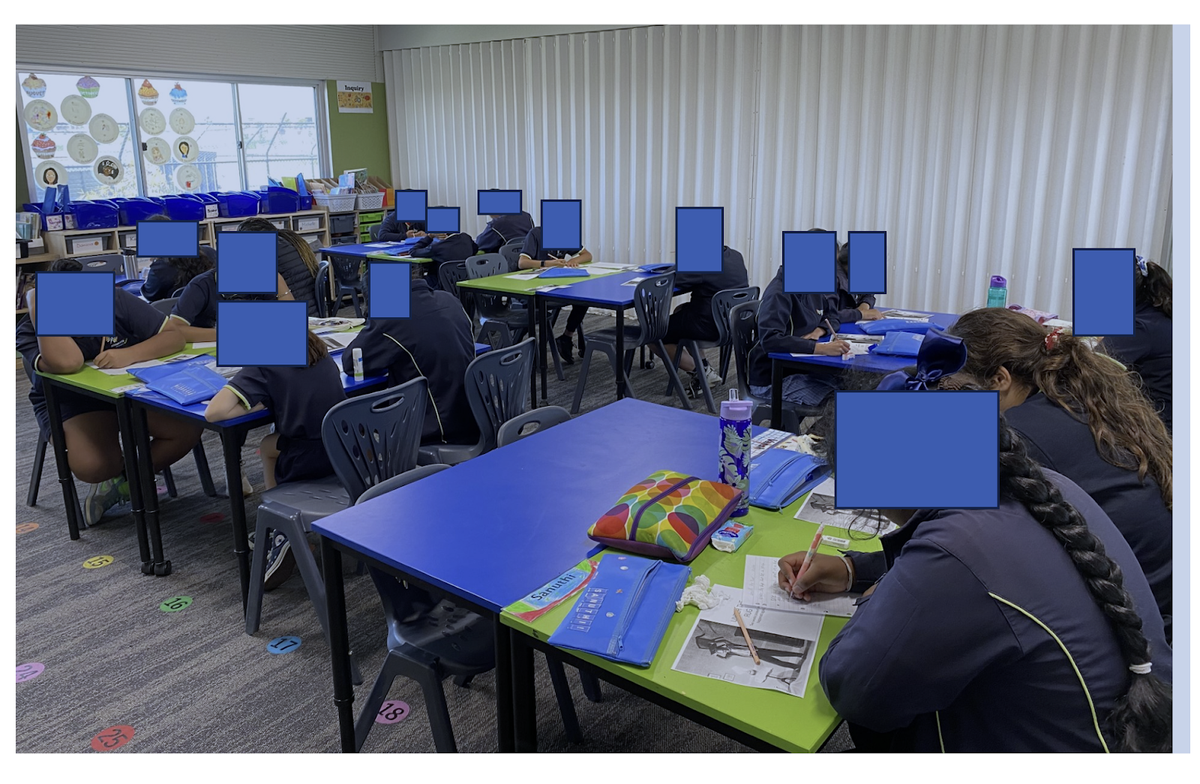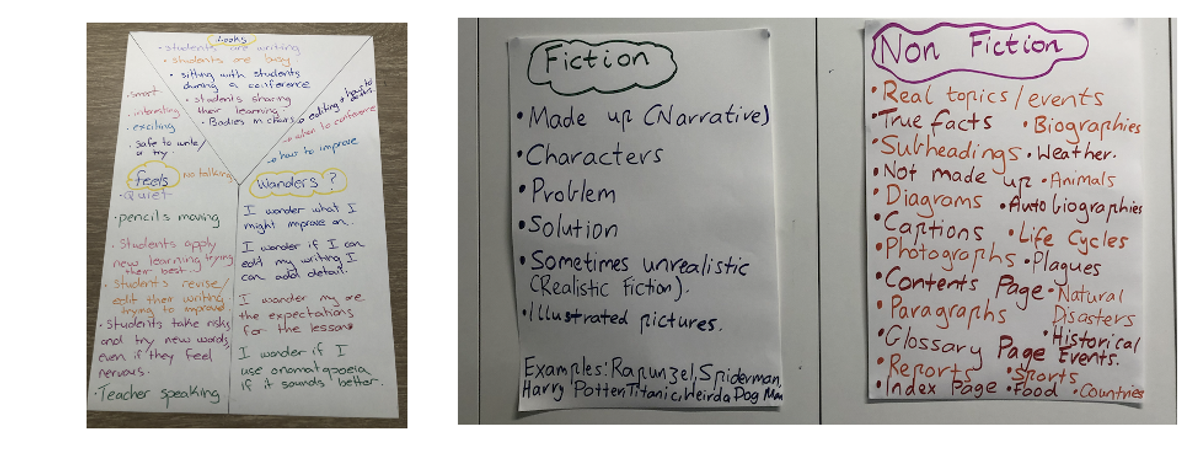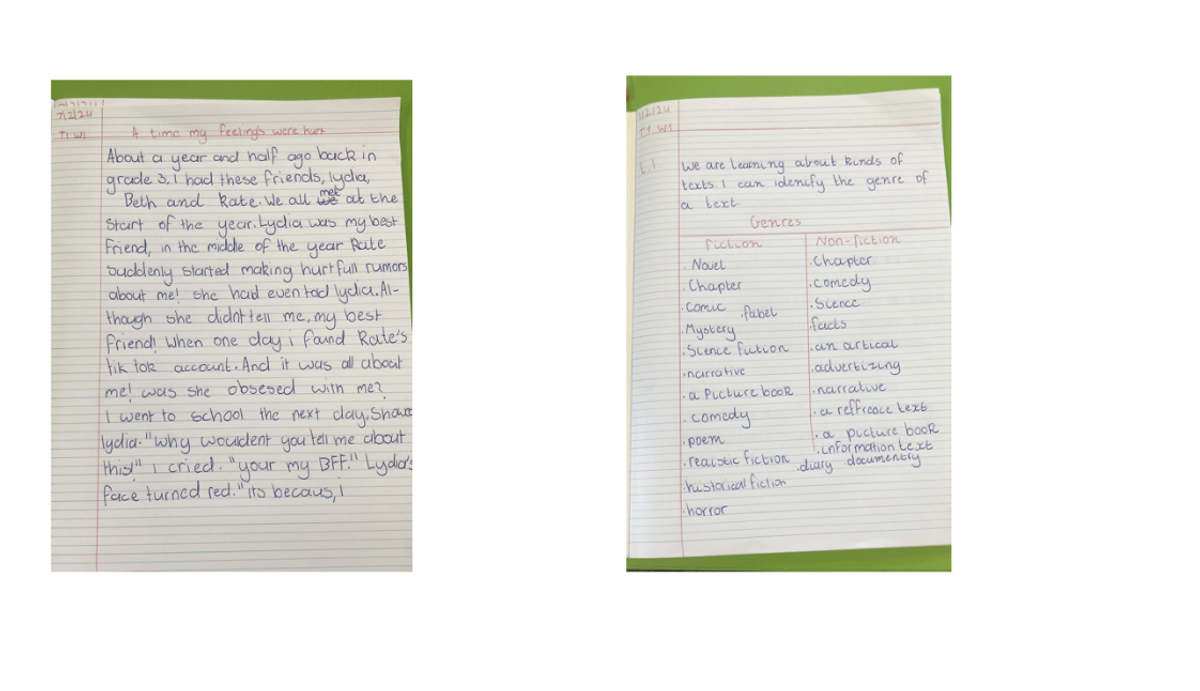Monarch Community Report

2024- Newsletter – The Monarch Community.
The start of Term 1, 2024 has been a busy one for the students and teachers. It has been wonderful to see all our students back and eager to learn. We appreciate the support from families and are looking forward to working with the students in Grade 5 at Aitken Hill Primary School.
As students return to start a new year and settle into routines, they have been learning about what makes a good reader. Teachers have modelled the strategy of Monitoring and Self-correction. It is an important reading strategy that empowers students to actively engage with and comprehend what they are reading.
Monitoring involves students paying attention to one’s own understanding and making ongoing sense of the text. Students continuously check while they are reading does the story make sense. They become aware of when they are understanding and when it becomes difficult, and this may happen at various points.
Self-correction is having the ability to recognise when their understanding starts to break down and to begin to implement strategies to fix or clarify their comprehension. They have practiced re-reading the text, using context clues, or even using the internet to consult a word or phrase in the dictionary. This strategy develops their thinking process as they read. Teachers have encouraged students to ask questions and to make corrections as they read. Teachers have implemented Reciprocal reading practice based on foundational skills introduced through a guided teacher group scaffolding talk and thinking to help support comprehension strategies such as predicting, questioning, summarising, and visualising. These reading strategies enhance monitoring for meaning.
The benefits of Monitoring and Self-correction allow students to keep reading logs and or reading journals where they can record their thoughts, questions, or reflections. This also encourages students to take ownership of their learning and become active participants in their understanding.
By promoting and modelling Monitoring and Self-correction in the classrooms during Independent Reading, teachers have fostered a culture of active and reflective reading in their students' grades and have set up students for long life learning and understanding.
NUMERACY
In term one students used place value to write and order decimals including decimals greater than one. They counted and ordered numbers beyond 10,000. Students have recognised the connection between addition and subtraction and solving problems using efficient strategies. Addition and subtraction are the inverse operations of each other. Put simply, this means that they are the opposite. You can undo an addition through subtraction, and you can undo a subtraction through addition. Students show their understanding of these connections through Fact Families. Students use mathematical modelling to solve financial and other practical problems, formulating and solving problems, choosing arithmetic operations, and interpreting results in terms of the situation. They check the reasonableness of their calculations using estimation.
Students have been learning to convert and compare time between the 12-hour and 24-hour clock systems is a very skill. Both the 12-hour and 24-hour clock systems are commonly used in everyday life. Students have been problem solving where events are scheduled using either the 12-hour or 24-hour clock, and students have needed to convert the time to match the clock system being used. The focus has been on real life applications of time fostering discussions on strategies for efficient time conversion. B y integrating these strategies, students have developed their mathematical understanding and practical problem-solving skills.
Students plan and conduct statistical investigations that collect nominal and ordinal categorical and discrete numerical data with and without digital tools. Students identify the mode and interpret the shape of distributions of data in context. They interpret and compare data represented in line graphs.
Writing
During Term one students will revisit the genres of persuasive and narrative writing. Students will plan, draft, and edit their own persuasive and narrative writing using the appropriate structure and text features. Engaging students in the writing process of planning, drafting, and editing is a valuable approach to further developing their writing skills in grade 5.
Teachers will clearly explain the purpose of both genres to students. The aim will be to identify the text structures, text features and allow students to brainstorm their ideas for their own writing. This will allow teachers to set writing goals for students to improve their writing. In their narrative writing students will discuss the elements of storytelling, character development, setting, plot and resolution. Students will write their own narrative and answer, What story do you want to tell in your story? In their persuasive text, students will focus on the importance of a clear introduction, well developed body with clear arguments in paragraphs and a convincing conclusion. Persuasive writing- What message do you want to convey in their arguments?
Students will be encouraged to focus on their ideas, develop clarity and coherence in their writing. By guiding students through each stage of the writing process will provide a clear understanding of what the writing expectation is and allow for continuous improvement. By modelling and guiding the writing process to students it will provide a great support at each writing step and develop an appreciation for writing.
Speaking and Listening
Students participated in discussions with their teachers and peers, across the curriculum, to build their speaking and listening skills. When participating, students used the social protocols of turn taking and active listening.
The grade 5 Monarch students have been learning about active listening and speaking with clarity. All students are aware of the need to look at the speaker and listen with their whole body. If a student wants to contribute to a discussion, they have been encouraged to take turns and show respect.
Inquiry: Term 1 History -
In term 1 students investigated the unit and explored the question “We can better understand who we are by learning about the events and people who shaped our country.” Students examined colonial Australia in the 1800s, including the expansion of the British colonies and why they developed. They used a range of resources and developed a historical narrative which included an understanding of chronological sequencing of events, analysing sources, and use of historical terms. Students learn about what life was like for different groups of people in the Australian Colonies, including the Aboriginal and Torres Strait Islander Peoples. They examine settlement patterns, the environmental impact of colonisation and the daily lives of the early settlers. Employing strategies which develop their critical and visual thinking skills, the students will view and engage in stimulating original material and sources to develop their historical skills and concepts.
SEL:
During term one, Monarch students discussed what our emotions look like, what can make us feel these emotions and the impact our emotions have on our ability to make decisions. They explored their personal strengths and considered their challenges, identifying skills they can use to help them grow, such as having a growth mindset.

